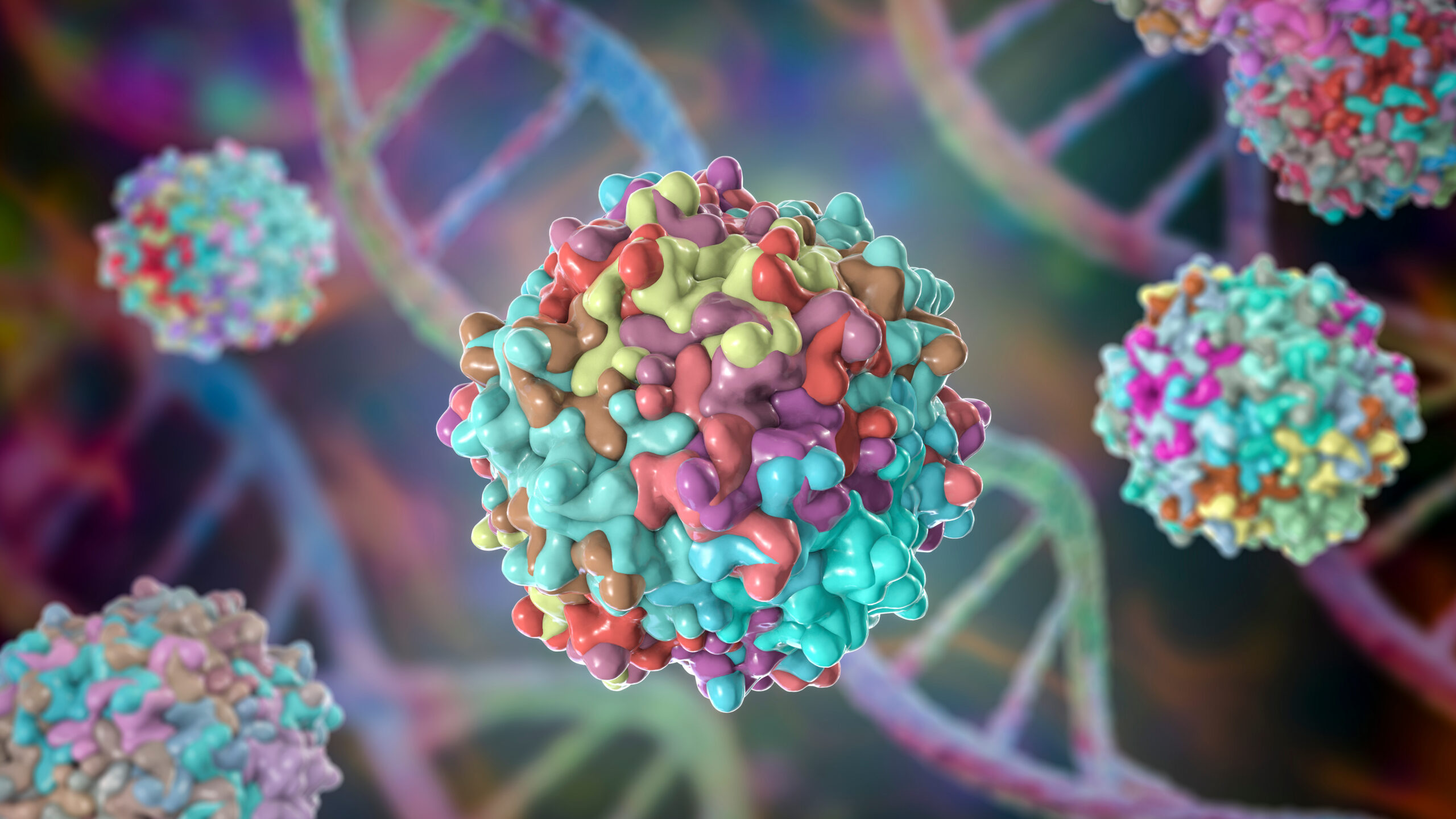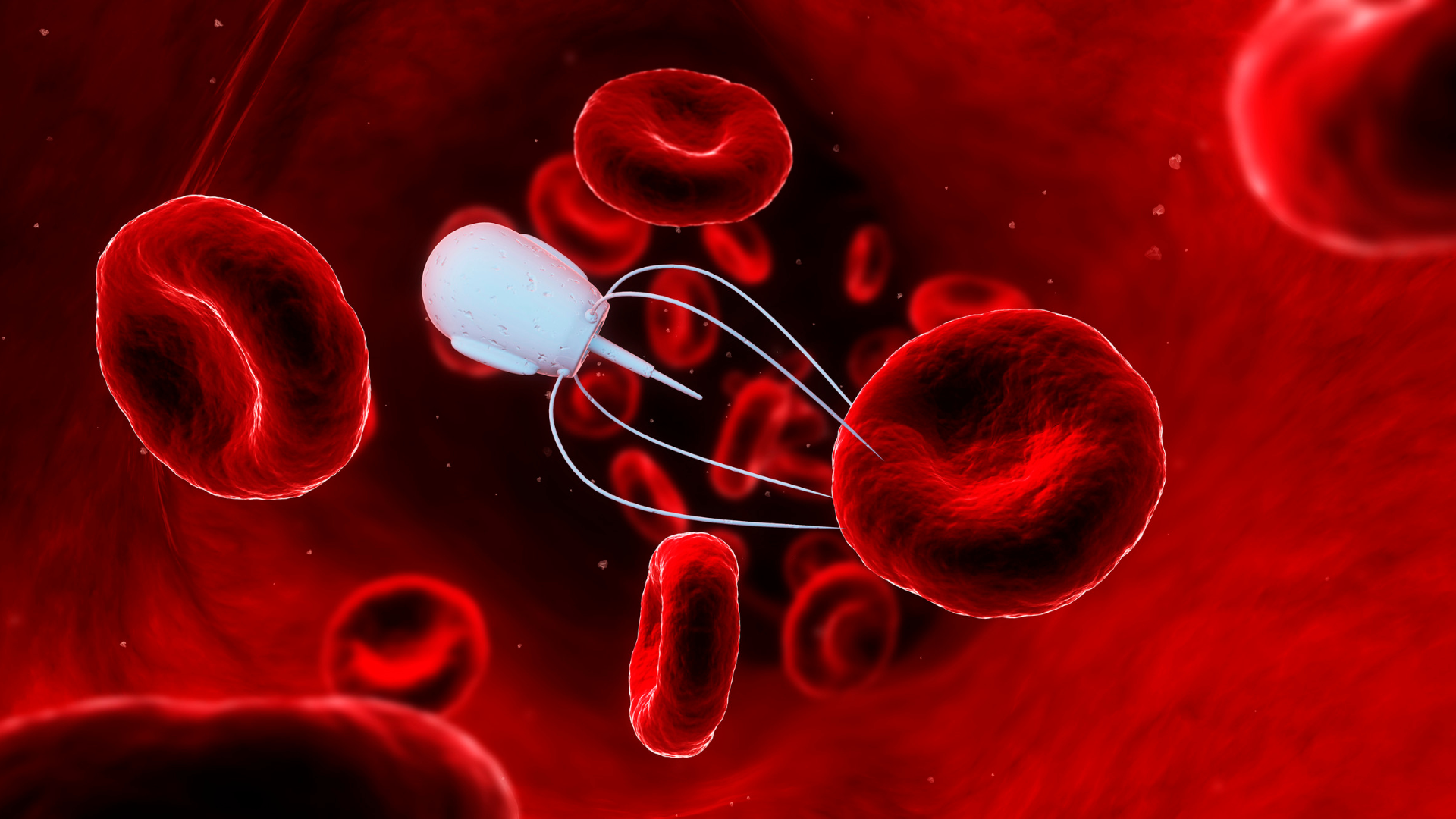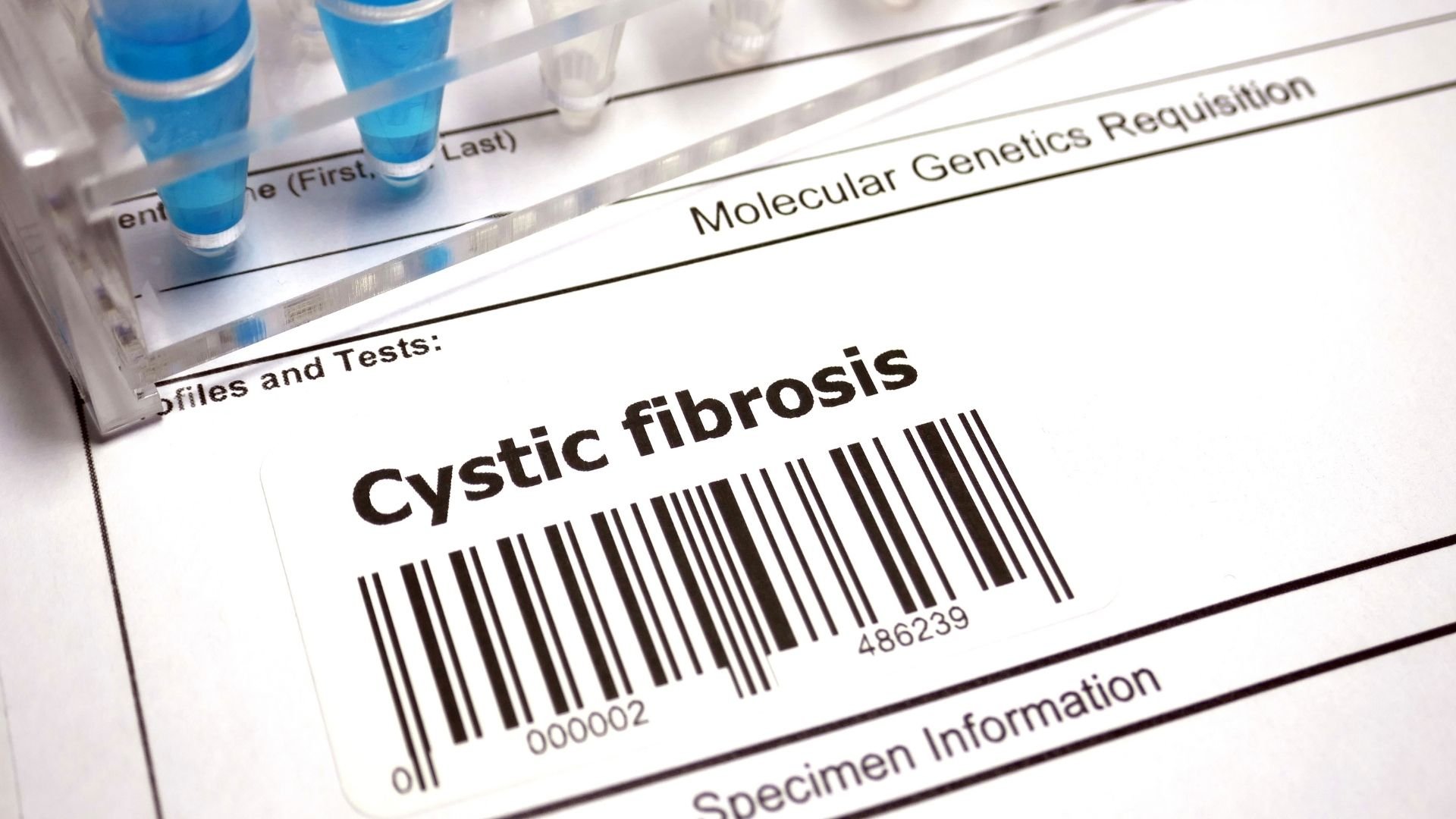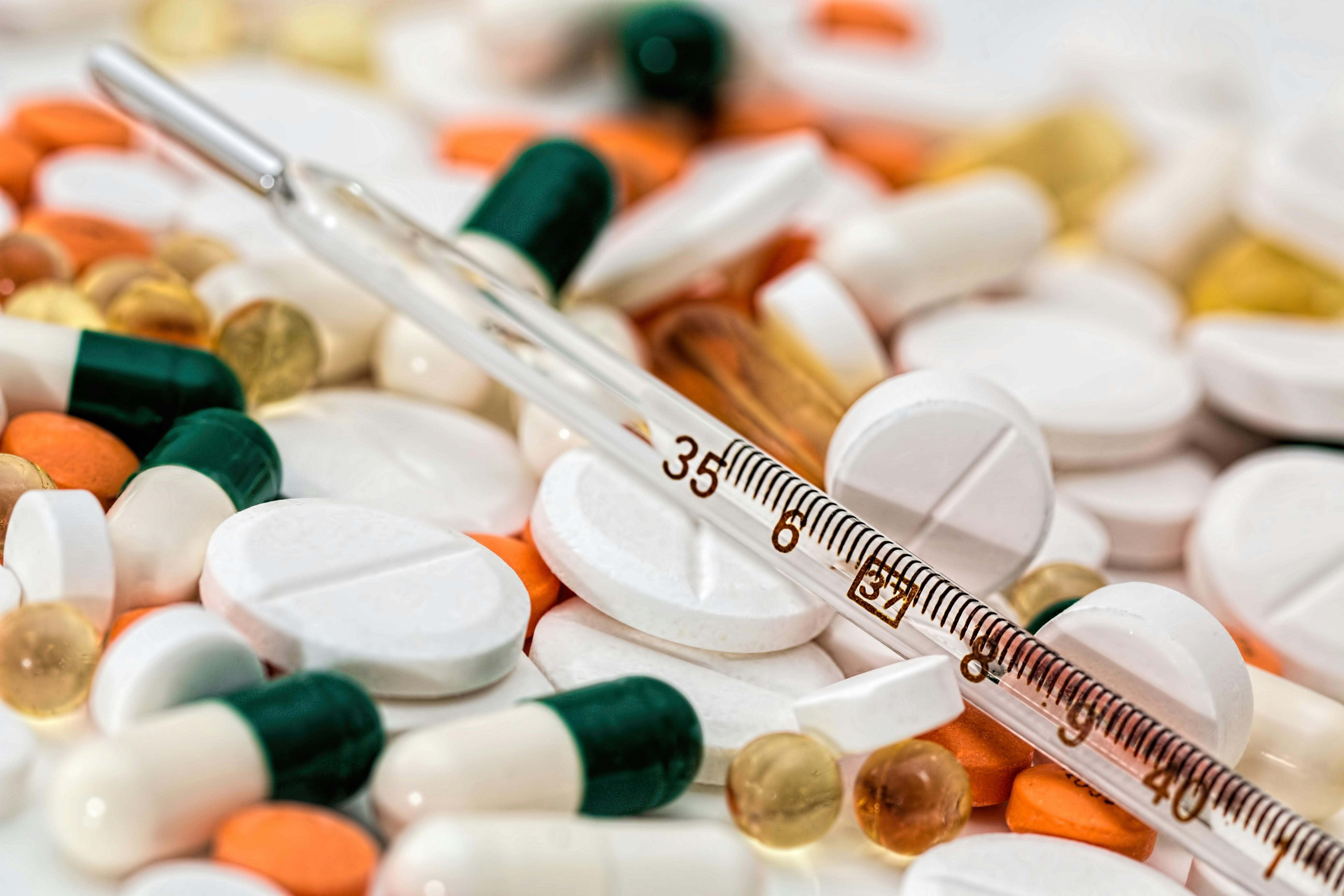From LNPs to AAVs: Overcoming RNA Delivery Challenges

Oxford Global was proud to host a stimulating panel discussion focussing on overcoming RNA delivery challenges at Formulation & Delivery UK 2022. Our panel of expert scientists were asked what the obstacles were to delivering RNA, siRNA, and antisense-based therapeutics, and how the field was working to surmount them.
Challenges in the Field of RNA Delivery
When asked what he thought were the main challenges for RNA, siRNA, and antisense-based therapeutics, Moein Moghimi, Professor of Pharmaceutics and Nanomedicine at Newcastle University, said “it’s all about delivery at the end of the day.” He added that success in nucleotide therapeutics is determined by not only having a stable formulation, but also being able to reach its target site.
“When you are talking about difficult target cells such as those in the brain parenchyma, it is very difficult to reach them using the delivery systems which we have today,” Moghimi claimed. He pointed to the surge in interest in adeno associated virus (AAV) therapeutics as evidence of this: “These are good transporters of gene medicines, but the problem is the toxicity that they can produce, and this has been overlooked.” Moghimi explained that many pharma companies had invested considerable interest in AAVs, despite the general lack of knowledge about the viruses — “to me, this is just going in blind.”
Moghimi then considered lipid nanoparticle (LNP) applications. Having seen their application in vaccines recently with the COVID-19 vaccinations, LNPs have been successful in delivering mRNA, but Moghimi said, “we have to be very careful also. Ionisable lipids are potent agents.” He added that they can trigger inflammasomes in immune cells, causing production of interleukin 1-beta and activation of some caspases. Critically, this inflammation reaction is poorly observed in rodents or non-human primates, but more severe in human cells. So, Moghimi warned that extreme caution should be used when delivering LNPs via IV, especially if intending to deliver drugs to organs such as the brain. “This is why it is vital to implement human explant tissue to study the mechanism rather than using the animal models,” he recommended.
Michael Keller, Senior Principal Scientist pRED, CMC at Roche, agreed with Moghimi adding: “we do need to be careful with the ionisable lipids.” He noted that ionisable lipids are not all the same, and that their chemical structure often determines whether an inflammatory response is triggered — “some are really bad, and some are quite good.” Keller advised identifying case-by-case for each application what makes for the safe administration of different LNP types. Keller said that for LNP delivery of mRNA, “we have seen certain inflammatory responses occur — it’s not bad, but it has to be controllable.”
Touching on antisense oligonucleotides (ASOs) and siRNA delivery, Keller stated that “antisense are rarely formulated as LNPs — they are so-called ‘self-delivery’ — self-delivered by their phosphorothioate backbone.” Keller further pointed out that ASOs have anti-protein-binding propensities that deliver themselves into “literally any tissue in the body.”
“For siRNAs, the focus is more on the conjugations rather than the LNPs,” explained Keller. He noted that patisiran (the first approved siRNA therapeutic) is pre-administered with an anti-inflammatory molecule to avoid the inflammation that has been known to occur. “So, we have known for a while that inflammation can occur with certain ionisable lipids in combination with nucleic acids,” Keller elucidated.
Lessons Learned From mRNA delivery
Cees van Rijn, Professor of Nanotechnology and Microfluidics at the University of Amsterdam was asked what the field had learned about delivery systems to various tissues in recent years. Van Rijn investigates the delivery of medicines through inhalation, nasal, and lung administration. He said that he was “intrigued” by the advances in the field that were spurred on by the development of the COVID-19 vaccines.
“What could we do for COVID? Of course, vaccines.” Van Rijn announced, adding that his team at the University of Amsterdam had found that subcutaneous administration — injection under the skin — was five times as sensitive as the standard intramuscular injection of the vaccine. “So, we thought that maybe if you inhale it, the sensitivity might also increase,” said van Rijn.
Van Rijn’s team looked at whether they could apply the COVID vaccines from Pfizer and Moderna via inhalation. “Of course, the lipid structures that have been optimised for the vaccine may not be optimal for nasal or lung delivery,” conceded van Rijn, “but we could at least see if it is possible.”
The main challenge they had found was that nebulising the vaccines requires putting a lot of energy into making the droplets, so van Rijn was concerned that this may harm the LNPs. “Because the lipid nanoparticle is not actually a particle, it’s an aggregate of lipids, RNA, and other components,” explained van Rijn, “there is no covalent binding, just electrostatic interactions, and hydrophobic interactions. If you put energy into fluids, you will harm the lipid nanoparticle in no time.”
More On the Safety of LNP Delivery
Sanyogitta Puri, Director of Advanced Drug Delivery at AstraZeneca UK, also touched upon the safety issues of LNP delivery. “For local LNP delivery to the lung, one needs to think about a number of other factors — for example: the clearance mechanism, the local irritability of material/nanoparticles, long term accumulation of the nanoparticle and subsequent effects, amongst many other things,” Puri explained. “Basically, we need to think about the design features of the LNPs in a much different context to what has been developed for hepatic targeting.”
“We talk about LNPs like they are just one thing — they aren’t.”
Puri also dwelled upon how existing drug delivery systems could be improved — “what would be the game changer that makes mRNA and oligonucleotide drugs more broadly applicable?” Puri noted the long way that the delivery landscape had progressed and the successes of LNPs for efficiently delivering mRNA. “But thinking of the future, what happens when you want to go beyond the liver?” Puri believes that this is a question of understanding the disease and the cells better — in order to synchronise the design of LNP components. “We talk about LNPs like they are just one thing — they aren’t.” Puri remarked on the plurality of components that fall under the umbrella of LNPs.
- “Teaching Old Drugs New Tricks”: Repurposing Therapies Using Nanoparticle Delivery
- Key Strategies and Challenges for Liquid Nanoparticles
Puri advised that it was critical to further understand the PK effects and half-life of the LNP components. She exemplified this by commenting on LNPs quick delivery to the liver: “if you didn’t want to do that, you have to counter it.” She added, “you would need them to be more long acting; more plasma stable, so that they bypass the hepatic upstream and actually have the chance to go to other organs and then get efficiently into the cell.”
Hinting at where the LNP delivery field is going next, Puri said that “it’s those breakthroughs that will really propel where LNPs get used going forward and increase the number of applications.” LNPs have so far been invaluable for the delivery of RNA therapeutics, the two COVID vaccines being the obvious highlights in recent times. The hope is that continuous improvements and innovations in the field will continue to propel this LNPs towards new generations of delivery capability and previously intractable diseases.
Join leaders, experts and researchers at Formulation & Delivery US: In-Person, connecting global pharma, biotech and academia for high-level discussions on the latest innovations for biopharmaceutical development.







